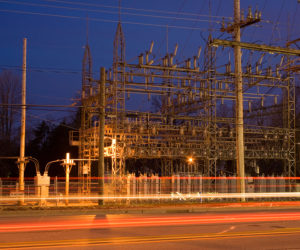
Sorry, your browser is not compatible with this application. Please use the latest version of Google Chrome, Mozilla Firefox, Microsoft Edge or Safari.
Valuing Resilience for Microgrids: Challenges, Innovative Approaches, and State Needs
The concept of resilience has emerged as a priority for the energy system. Beyond reliability, which measures system preparedness for routine, recurring challenges, resilience encapsulates the system’s ability to anticipate, absorb, adapt to, and recover from all threats, including high-impact, low-frequency (HILF) disruptions like 2021’s most severe winter and summer storms (EPRI, 2021). Utilities, policymakers, and regulators have not agreed upon a universal definition of resilience (Kallay et al., 2021a). NARUC proposed a definition for state utility regulators in 2013; the White House released a definition focusing on critical infrastructure protection in 2013; FERC put forward a definition for federal regulators in 2018; and the National Renewable Energy Laboratory’s 2019 definition highlighted the importance of multi-stakeholder planning. Although the definitions overlap by mentioning recovery from a disruptive event, they differ in scope and specificity.

| Format: |
|
| Topics: | |
| Website: | Visit Publisher Website |
| Publisher: | National Association of Regulatory of Utility Commissioners (NARUC) |
| Published: | February 1, 2022 |
| License: | Copyrighted |
| Copyright: | © 2022 NASEO. All Rights Reserved. |
Featured Content

Contact Publisher


Claim Content





